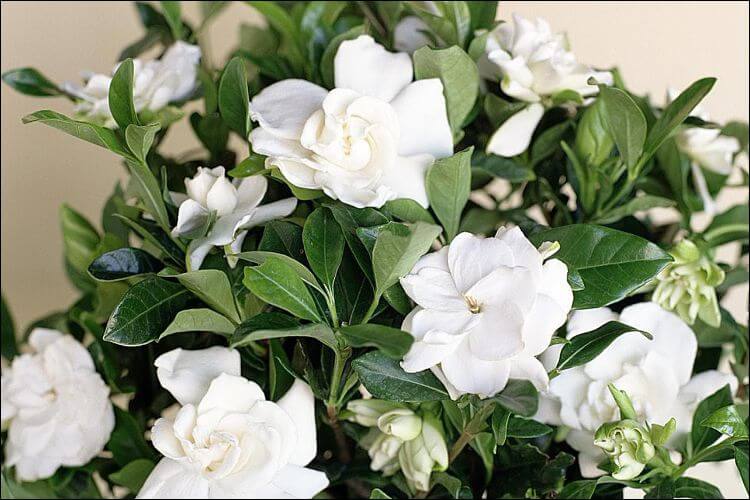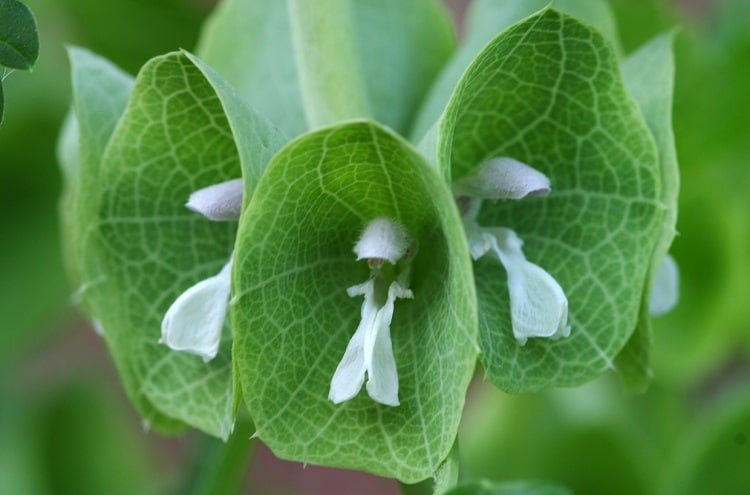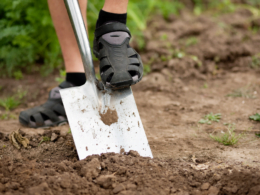Growing Gardenias Indoors: The Perfect House Spot
 Before you go to bring your gardenia home, you should pick the perfect house spot to place it. Gardenias are somewhat fickle plants and they do not like to be moved around. They are very sensitive to their environment and may wither and die fast if you change your mind too often about the place where you want them to stay.
Speaking about the perfect spot, you need to consider all possible variables that can help your gardenia thrive. The general features of the spot should go along the lines of:
Before you go to bring your gardenia home, you should pick the perfect house spot to place it. Gardenias are somewhat fickle plants and they do not like to be moved around. They are very sensitive to their environment and may wither and die fast if you change your mind too often about the place where you want them to stay.
Speaking about the perfect spot, you need to consider all possible variables that can help your gardenia thrive. The general features of the spot should go along the lines of:
- Generous amounts of light: at least half a day of sun;
- Room temperature that is about 50 F. (13 C.) during the day and up to 63 F. (18 C.) at night;
- Increased indoor humidity – which is hard, but not impossible to achieve, even in winter;
- Safe from drafts;
- Nowhere near or in the way of direct hot air coming from a furnace.
Gardenias Indoor Growing Conditions
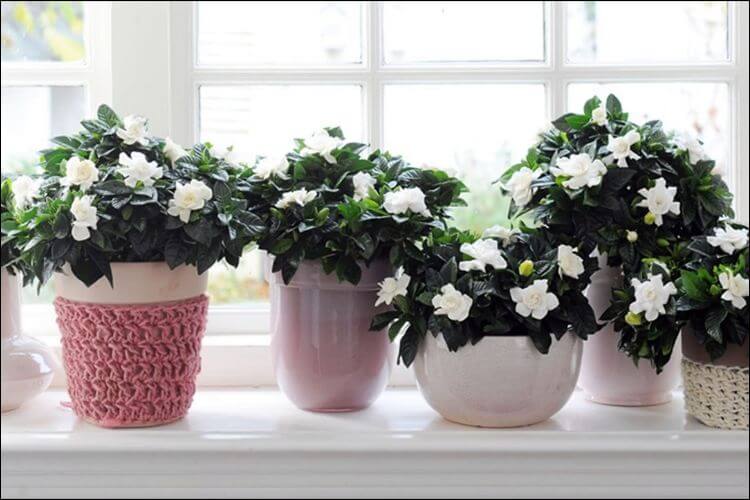 Gardenias need some extra-care and some specific growing conditions. You should not, however, expect from them more than they can offer. The flowers will fade away at some point. You need to provide the gardenias with your best care and love, perfect growing conditions, and a lot of attention, to make sure you do not lose their “evergreen” feature.
We will next look at the most important growing gardenias indoors conditions and emphasize on the issues you need to be vigilant about.
Gardenias need some extra-care and some specific growing conditions. You should not, however, expect from them more than they can offer. The flowers will fade away at some point. You need to provide the gardenias with your best care and love, perfect growing conditions, and a lot of attention, to make sure you do not lose their “evergreen” feature.
We will next look at the most important growing gardenias indoors conditions and emphasize on the issues you need to be vigilant about.
1. Light
As we said, gardenias need bright light to pamper them at least half a day. Place them near a sunny window but not necessarily on the windowsill itself. If you live in an area where summers are brutal, make sure your gardenias do not burn if placed in direct sunlight.- The best choice for growing gardenias indoors is a southern room that receives natural heat and light at least half a day. Make sure your gardenias also benefit from some welcomed afternoon shade in summer. In winter, you can allow the gardenia to bathe in light.
- You can also use a light source in winter or in a room, which does not provide the plants with enough natural light. However, make sure you keep the gardenia at a reasonable distance from the source’s direct rays.
2. Humidity
It is a very important factor, and you need to set it right and measure it often. Gardenias thrive in humid environments. You should buy a hygrometer or a combination thermometer and hygrometer. Keep them close to your plants and adjust the humidity and temperature accordingly. The problem with gardenias winter indoor growing is that we usually heat up our houses in the cold season. That heat is particularly dry for humans and pets, being even worse for plants. Here are some things to keep in mind when you set the gardenias’ humidity:- Keep the gardenias in a relative humidity of 50%-60%.
- If you do not get a humidifier, use a spray bottle with water to mist the plants on a daily basis.
- Place your gardenias in containers also placed on a tray of gravel filled with water. Remember the plants love humidity not moisture, so soggy soil is not an option. Dry soil will also kill the buds, but we will arrive to that in a minute.
- Another way to keep the humidity levels right is to group the houseplants together.
3. Temperature
Temperature and humidity go hand in hand. If the temperatures are not right, your gardenias will protest by dropping their buds. Here is what you need to know about temperatures:- Place a thermometer in the proximity of your gardenias.
- Make sure they receive up to 60 F during the night. You can push to up to 63-64 degrees, but keep in mind that overheating may play against you.
- Avoid all possible drafts and sudden drops in temperature in the room where you keep the gardenias.
4. Soil
We should have started with the soil, but since all these growth factors are intertwined and co-dependent, soil is an issue, we can discuss now as well. As we said, soggy soil is not an option. These are the main things you need to know:- Gardenias prefer slightly acidic (pH between 5 and 6), nutrient-rich, well-drained soil.
- A mix of sand and loam will do just great. You can also make your own organic potting soil to get the healthiest of plants. Rhododendron mix works just fine as well.
- As organic soil amendments go, you can try a vinegar-water solution or a pickle juice-water solution (1 cup vinegar/pickle juice to 1 gallon of water) and feed the gardenias once a month to keep the acidity.
- If you bought potted gardenias, probably they are already in the right soil. Ask the provider and make sure you do not repot the gardenias if not necessary because the transplant shock will kill them.
5. Fertilizer
Growing gardenias indoors requires you to regularly fertilize them for optimum growth and flower production. You should use a fertilizer that is specially formulated for gardenias – it will be more acidic. Read the label and make sure you pick a high-quality product. These are some of the things you should know:- Gardenias love a balanced fertilizer coming with a ratio of 15-5-15 of nitrogen, phosphorus and potassium.
- A monthly feed with fertilizer should be enough for your plants to thrive. You can cut back on the fertilizer if you see signs of damage or plant discomfort.
- Avoid over-fertilization. Gardenias love balance, so if you overdo it with the fertilizer they can also protest and drop their buds or turn their leaves yellow. Over-fertilization can cause plant damaging salt buildup in the soil and root dehydration.
6. Water
The gardenias soil should be moderately moist. Water the plants when the soil is dry to the touch (you can stick your finger in it), but not completely dry. The best course of action is to check the soil daily and water as needed. As we said, too wet soil leads to damages, as well as does too dry soil. Bud drops are just the first sign that something is wrong with the water levels in the soil.- Never let gardenias stand in water.
- In winter, because they lose less water due to heat and evaporation, you can cut back on watering. Allow the top half inch of soil to dry before you give your plants a drink.
7. Pests
Unfortunately, gardenias are quite sensitive to pests. The likelihood of pests killing your indoor gardenias (if you care for them correctly) is small, but you should make sure there is no pest around your flowers, because the damages can be sometimes irreversible.- Aphids are most common gardenias pests. You can deter them with a solution of one part liquid soap and one part water or neem oil.
- Mealybugs and scale are also natural enemies of gardenias. You can use the same soap-water solution to get rid of them. Neem oil also works in this case.
- Spider mites are common gardenias pests. You can make sure you diagnose them correctly by shaking the leaves over a white sheet of paper. Fold the paper in half and check for red smeared spots. If you see any, it means you need a neem oil treatment for your indoor gardenias.
- Whiteflies reside on the underside of the gardenias’ leaves. It is important to remove infected leaves and treat the entire plant with neem oil.
- Caterpillars are not likely to show up in indoor gardenias, but you can never be too careful. If you see holes in the flower buds, you need to treat the gardenias for possible caterpillars.
- Root nematodes are the worst enemies of gardenias. One of their signs is yellowing leaves (which can also mean some iron deficiencies). Either you can fertilize the plant to balance the pH and hope for the best, or you can wait and see how the yellowing evolves. Unfortunately, there is no treatment or cure for root nematodes, so the plant will eventually die.
Can the Tips for Growing Gardenias Indoors also be Applied to Caring for Poinsettia Plants?
When it comes to caring for poinsettia plants, many of the tips for growing gardenias indoors can be applied. Both plants thrive in warm temperatures and require regular watering. However, a crucial aspect is the care for poinsettia plant after holidays, as they need a period of reduced light and cooler temperatures to rebloom. Nonetheless, overall, the principles of indoor plant care can be somewhat similar for these two beautiful plants.
Growing Gardenias Indoors: Cutting, Pruning, Extra-Care
 Enjoying lush, fragrant, and healthy gardenias does not end with pest control. You need to make sure you know how to care for your gardenias after you met all the environmental requirements of their perfect thriving.
Enjoying lush, fragrant, and healthy gardenias does not end with pest control. You need to make sure you know how to care for your gardenias after you met all the environmental requirements of their perfect thriving.
Cutting and Pruning
- Remove woody stems to encourage prolific blooming.
- Deadhead or remove spent blossoms.
- For most gardenia varieties, you should prune the gardenias right after the plants finished blooming. If you wait too long to prune, they will not bloom next year.
- Cut or prune gardenia branches just above a node, where a leaf attaches to the stem.
- Cut flower buds in the morning and open flowers in the afternoon for floral arrangements.
- Be very careful about how you handle the plant if you want to make floral arrangements, because gardenias are incredibly sensitive to handling, bruising, and mechanical accidents. This is why you should touch the flowers the least possible. In addition, only use sharp, sterile pruning shears or scissors to avoid tearing the stem.
Repotting
As we said, you should not repot gardenias unless necessary. In indoor environments, they rarely outgrow their pots, so you should be safe. If the roots filled the pot, make sure you avoid transplant shock as much as possible. Use a new soil following the recommendations above for repotting and keep in mind the pH level, the soil moisture, and the plant’s general requirements to achieve a successful repotting operation.Picking up our petals…
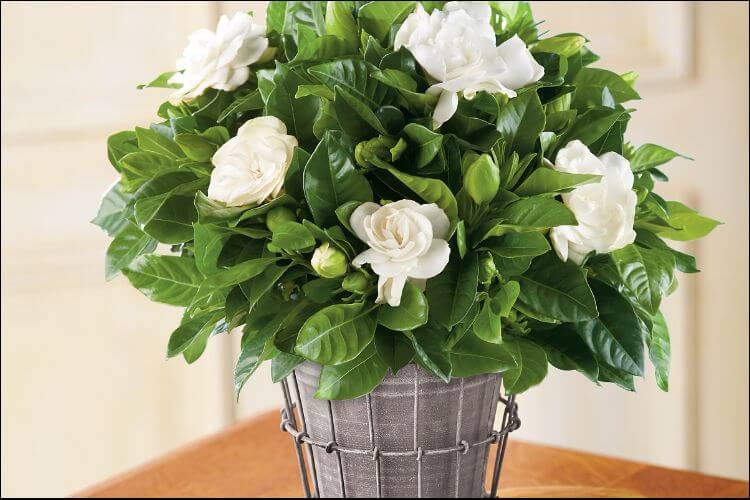 A well-cared and loved gardenia will be compact, with deep leaves, beautifully scented buds, and it will bloom in the late summer. It will offer you endless joy if you are careful to respect its needs and wishes. Before we depart, we want to say that you should not give up on your gardenias if the first trials lead to failure. Growing gardenias indoors can be very tricky. However, people become passionate about cultivating these gorgeous flowers both inside the house and out, so be patient, follow the rules, and enjoy these exquisite natural works of art!
Image sources: 1, 2, 3, 4, 5
A well-cared and loved gardenia will be compact, with deep leaves, beautifully scented buds, and it will bloom in the late summer. It will offer you endless joy if you are careful to respect its needs and wishes. Before we depart, we want to say that you should not give up on your gardenias if the first trials lead to failure. Growing gardenias indoors can be very tricky. However, people become passionate about cultivating these gorgeous flowers both inside the house and out, so be patient, follow the rules, and enjoy these exquisite natural works of art!
Image sources: 1, 2, 3, 4, 5 




